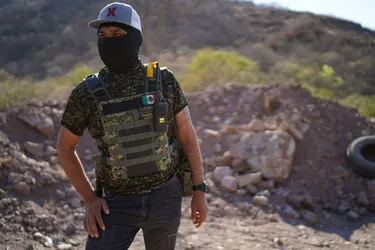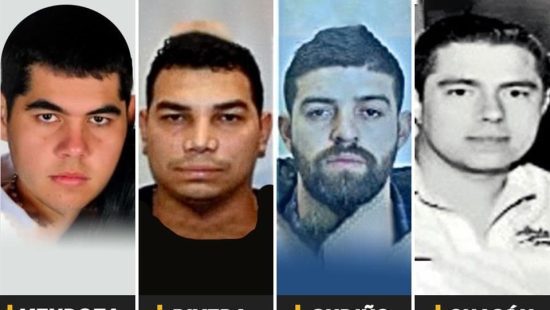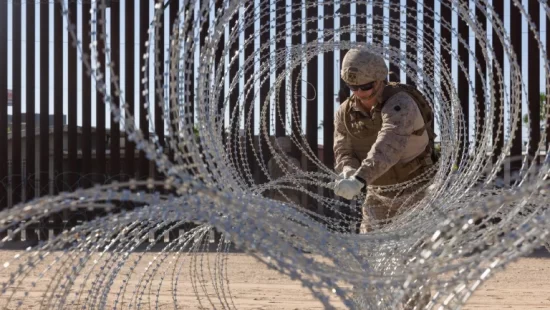In December 2010, the capture of a 14-year-old boy shocked Mexico and the world. His name was Édgar Jiménez Lugo, but he would soon become known as “El Ponchis,” considered the first child hitman on public record.
It wasn’t just his age that shocked the public, but also the crimes he confessed to: beheadings, torture, and direct links to drug trafficking. His case highlighted the capacity of organized crime to recruit and coerce minors, a phenomenon that not only persists but now takes on new and broader forms.
Born in San Diego, California, in 1996, Édgar Jiménez Lugo was at risk from the very beginning. His mother was arrested for cocaine possession when he was barely one year old and later deported to Mexico. In Morelos, Edgar and his sisters were left in the care of their grandmother, who died in 2004. From that moment on, their lives deteriorated rapidly.
He lived in precarious conditions, without effective supervision, while his sisters also became involved in organized crime. They called themselves “Las Chabelas,” a female cell linked to the South Pacific Cartel (CPS), a splinter group of the powerful Beltrán Leyva cartel, and were reportedly in charge of moving and disposing of corpses.
At eleven years old, El Ponchis was, according to his own statements, “snatched” by a man known as “El Negro,” whose identity was Julio de Jesús Radilla Hernández, a CPS leader and military deserter.
In his later confessions, El Ponchis detailed that he was drugged and forced to participate in murders, decapitate people, and record the acts for internal and social media distribution. He stated that if he refused, they would kill him.
The CPS operated primarily in Morelos and Guerrero, and at the time was at war with other groups such as La Familia Michoacana and factions loyal to Édgar Valdez Villarreal “La Barbie.”
The Southern Pacific Cartel, to which El Ponchis was linked, was a cell derived from the Beltrán Leyva cartel, formed after the death of Arturo Beltrán Leyva in 2009. Its name referred both to its area of operation—primarily Morelos, Guerrero, and part of the southern coast—and to an attempt to legitimize itself within the country’s criminal landscape.
Although not directly part of the Sinaloa Cartel, they adopted the term “Pacific” and established alliances with Los Zetas to dispute territory with groups such as La Familia Michoacana and the remnants of La Barbie.
Upon his release, the National Migration Institute (INM) repatriated him to San Antonio, Texas, under the custody of US authorities.
He was handed over to the NGO Outcry in the Barrio, dedicated to the reintegration of at-risk youth. Since then, his exact whereabouts have remained unknown. His story faded from the public eye, but it remains a permanent scar on the face of the country.








